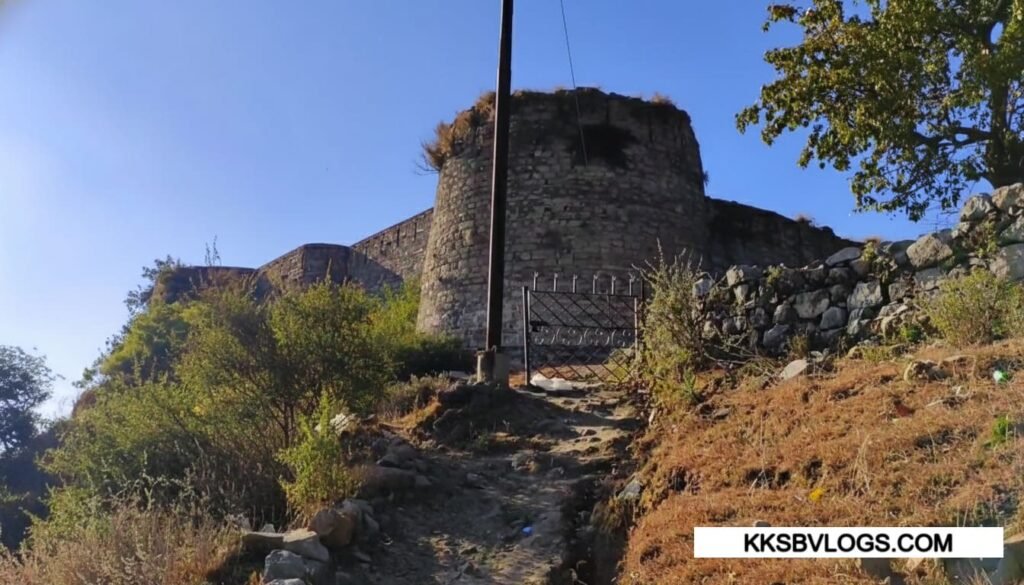Introduction
In the mid-Himalayan range of Solan district lies a ridge where even the wind seems to whisper stories — Dharon ki Dhar Gorkha Fort.
This is not just a fort, but one of the rare places in Himachal where history, nature, and silence come together in one frame.
Built atop a ridge, this ancient Gorkha outpost is believed to be around 200 years old. From here, one gets a 360° panoramic view of Solan and the adjoining valleys — a sight that stays in your heart more than your camera. The fort is mostly in ruins now, and many of its walls have fallen apart.
Locals sometimes call it Jung Bahadur Gorkha Fort. It is said that Gorkha soldiers once kept watch over the plains and routes from here. Today, this place has become a dream destination for offbeat travelers, where you can feel the real peace of Himachal away from the crowds.
The meaning of “Dharon ki Dhar” itself is “ridge of ridges.” And truly, when you reach here, you’ll see a sharp mountain spine standing tall — a centuries-old structure still defying time.
History & Origin – Living Proof of the Gorkha Legacy
In the early 1800s, when the Gorkhas established their presence in the southwestern belt of Himachal (Sirmaur and Solan areas), they built several strategic outposts — Dharon ki Dhar Fort being one of them.
Historical Context
During the Anglo–Nepalese War (1814–1816) between the British and the Gorkha forces, this ridge served as an important observation point.
The Gorkha rule in this region extended under General Amar Singh Thapa and later Jung Bahadur. Dharon ki Dhar Fort was part of their defensive line.
From here, it was easy to spy over the Subathu and Kasauli valleys, which is why it was also called a “Ridge Watch Post.”
A Mysterious Tale
Local folklore still echoes a unique line —
“This fort was built in one night.”
It is said that a Gorkha commander once ordered his soldiers to prepare a defense post on the ridge by morning. The soldiers worked tirelessly through the night, and by sunrise, the fort stood tall. Since then, this has become a legendary tale.
Even today, if you ask the locals, they’ll laugh and say —
“This fort wasn’t built, it just appeared there.”
And perhaps, that line itself gives Dharon ki Dhar its mystical identity.
Architectural Layout – Stone Walls on the Skyline
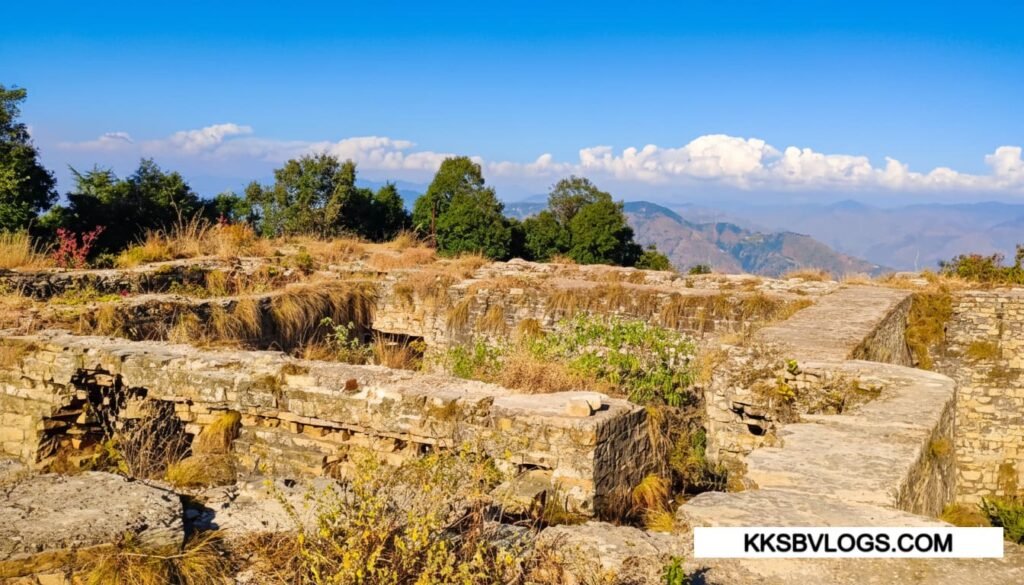

The fort’s construction follows traditional Gorkha military design — small footprint, high altitude, maximum visibility.
Design Highlights
- The base is oval-shaped, offering a view on both sides of the ridge.
- The outer walls are made of dry-stone masonry — minimal use of cement or mortar.
- At the center, there’s an open courtyard-like space with traces of drainage.
- A small arched doorway and bastion-like corners are visible — a typical Gorkha fort trademark (like Subathu Fort).
- Some carved stones and flag-post remains indicate that it once served as a regular guard post.
Today, the walls are heavily weathered, but their raw texture against wild grass makes a perfect photographic frame.
Geological & Natural Significance
The name “Dharon ki Dhar” itself describes the ridge — a natural spine rising between two valleys.
Below the fort lie dense pine forests, on the sides are valley views, and above spreads an open horizon.
- Altitude: ~2100 m (6840 ft)
- Climate: Pleasant year-round
- Soil: Mix of sandstone and shale, protecting the ridge from erosion
- View: Distant Shivalik range and south Solan belt villages visible
In the morning, the fort walls glow golden with sunrise; during sunset, they turn bronze — a cinematic frame in real life.
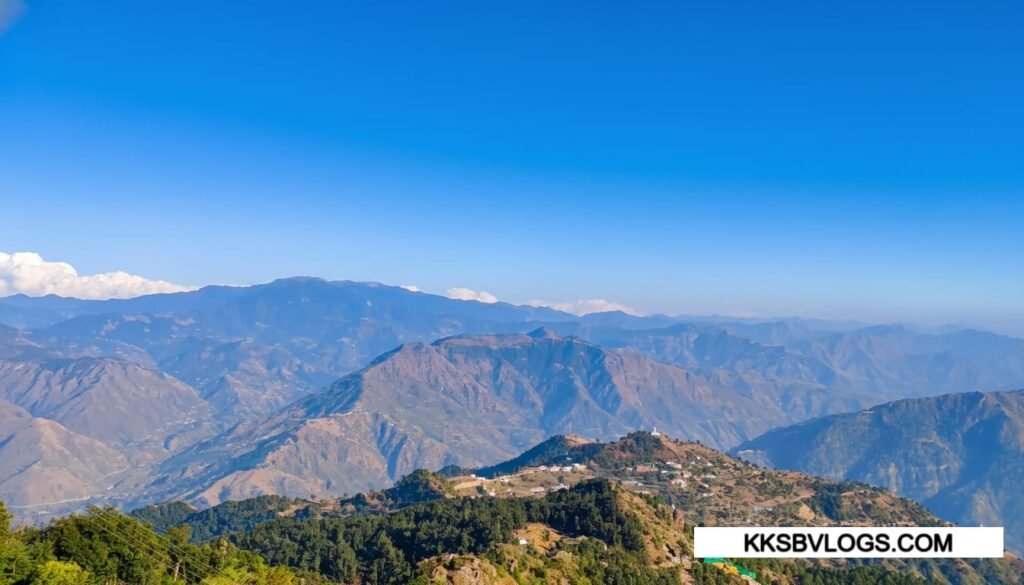
Local Beliefs & Spiritual Connection
Every ancient site in Himachal carries a divine connection.
Villagers around Dharon ki Dhar believe that a divine feminine energy once resided on this ridge.
Inside the fort lies a small stone altar, where people leave offerings to the “Pahadon Wali Devi” (Mountain Goddess).
Some stories claim that Gorkha soldiers performed rituals before building the fort, and since then, this ridge has been considered a “safe pass.”
Things to Do at Dharon ki Dhar Fort
If you believe in offbeat travel, this place offers a perfect mix — a bit of trekking, a bit of history, and a spiritual vibe.
1. Short Trek & Ridge Walk
- Trek distance: ~1 km (easy to moderate)
- Trail passes through pine forests and a narrow ridge — a photogenic spot
- Best time: Morning (soft sunlight and cool breeze)
2. Photography & Drone Shots
- Walls, doorway, and ridge line offer perfect compositions
- Drone shots (with permission) reveal a circular fort layout from above
3. Nature Meditation
- Sit inside the fort and listen only to the wind and birds — natural therapy
- Many travelers visit solely for solitude and peace
4. Local Interaction
- Talk with villagers and hear ancient tales —
For them, this fort is not just stones; it’s a living guardian.
Best Time to Visit
- Spring (March–May): Pleasant, clear skies, wildflowers
- Summer (June–July): Slightly warm; mornings best
- Monsoon (Aug–Sep): Slippery but extremely green
- Autumn & Winter (Oct–Feb): Clear skies, perfect for photography (carry a light jacket)
How to Reach Dharon ki Dhar Fort
- Nearest Town: Solan (20–22 km approx.)
- Base Point: Village Kuffer or nearby ridge road
- By Car/Bike: Drive up to Kuffer; last 2 km is forest track
- By Bus: Take Solan–Kasauli route; get off near the closest stop, then shared jeep or walk
- By Train: Solan railway station (22 km)
- By Air: Chandigarh Airport (~85 km)
Travel Tip: Download offline maps — mobile network is weak on the ridge.
Facilities & Travel Tips
- Entry Fee: None
- Timings: 8 AM – 6 PM (recommended)
- Parking: Limited near the base trail
- Food/Water: Carry your own
- Footwear: Trekking shoes with grip
- Weather: Windy — keep a cap and windcheater
Do Not:
- Write graffiti on the walls
- Leave trash behind
- Climb on the fort walls — the stones are fragile
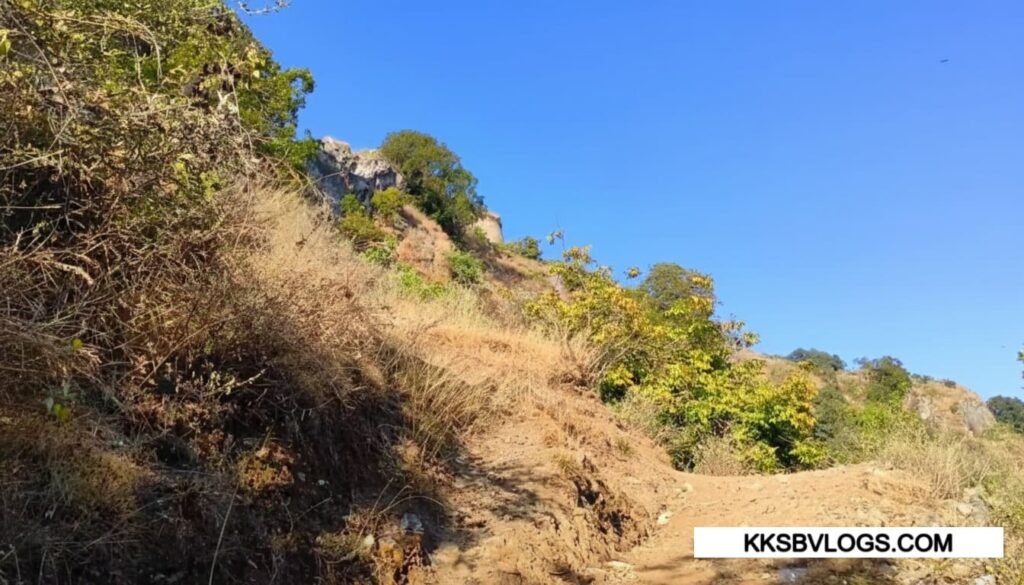
Our Experience – Where Sunrise and Sunset Touch the Soul
We, the KKSB team, have visited Dharon ki Dhar Fort many times — and every visit becomes a new story.
This place isn’t far from Solan, but its vibe is completely different — peace, wind, and that 360° ridge view make it all worth it.
At sunrise, when the sun rises through the pine trees, the entire valley glows golden.
At sunset, when it hides behind the ridge, pink and orange hues paint the sky — as if Himachal created its own painting.
Both sunrise and sunset moments are so powerful that you’ll want to put the camera down and just watch.
We often trek here on weekends to capture the sunrise. Sitting on the ridge, when the wind howls through the old walls, it feels as if the stones are telling ancient stories.
Once, we even tried camping here — the night sky full of stars and a cool breeze.
However, being a forest area, there’s some wildlife presence (like foxes and porcupines).
So, we recommend:
- Camp only with a local guide
- Carry a firelight or strong torch
Early mornings and dusk are the best times for photography.
From a drone, the ridge curve and fort outline appear like a sword shape.
And the most special thing — every time we return, the wind carries a new story.
Dharon ki Dhar Fort is a place we keep coming back to because it shows Himachal in its raw, peaceful, and purest form.
Nearby Attractions – Hidden Treasures Around Dharon ki Dhar
If you’re planning a weekend trip from Solan or Chandigarh, include these nearby spots for a heritage + nature circuit:
Karol Tibba Trek (~25)
A short, scenic trek leading to an ancient cave temple. The sunrise view is jaw-dropping.
Jatoli Shiv Mandir (~25 km)
Asia’s tallest Shiva temple — famous for its shikhar architecture and spiritual calm.
Mohan Shakti National Heritage Park (~23 km)
Go to the via shilli road & yo see there A perfect blend of nature and spirituality, with statues and landscaped gardens.
Dagshai Jail Museum (~40 km)
A British-era historical museum, great for learning about Himachal’s colonial stories.
Kasauli (~47 km)
Walk through Gilbert Trail and Christ Church for a peaceful evening.
Perfect Day Loop
- Morning: Dharon ki Dhar trek + sunrise view
- Noon: Lunch at Solan / local dhabas
- Evening: Jatoli Temple or Heritage Park for sunset
- Return: Night drive to home base
📍Dharon ki Dhar Fort Location, Photos & Videos
Location: Dharon ki Dhar Gorkha Fort – Kuffer Village, District Solan, Himachal Pradesh
Situated near the ridge line above NH-5 (Chandigarh–Shimla Highway), approx. 20–22 km from Solan town.
It lies close to Kandaghat region, surrounded by pine forests and valley views.
Google Maps: Search “Dharon ki Dhar Fort – KKSB Vlogs” on Google Maps for the exact pin & route direction.
(Offline map download recommended as network weak ho sakta hai ridge par.)
Watch: Exclusive fort reels, trek clips, and drone shots available on YouTube – KKSB Vlogs.
Check out sunrise moments, ridge walk POVs, and behind-the-scenes travel snippets from real visits.
Follow: For updates, offbeat travel stories, and BTS content, follow on Instagram – @official_kksb
Dharon ki Dhar Fort Photos
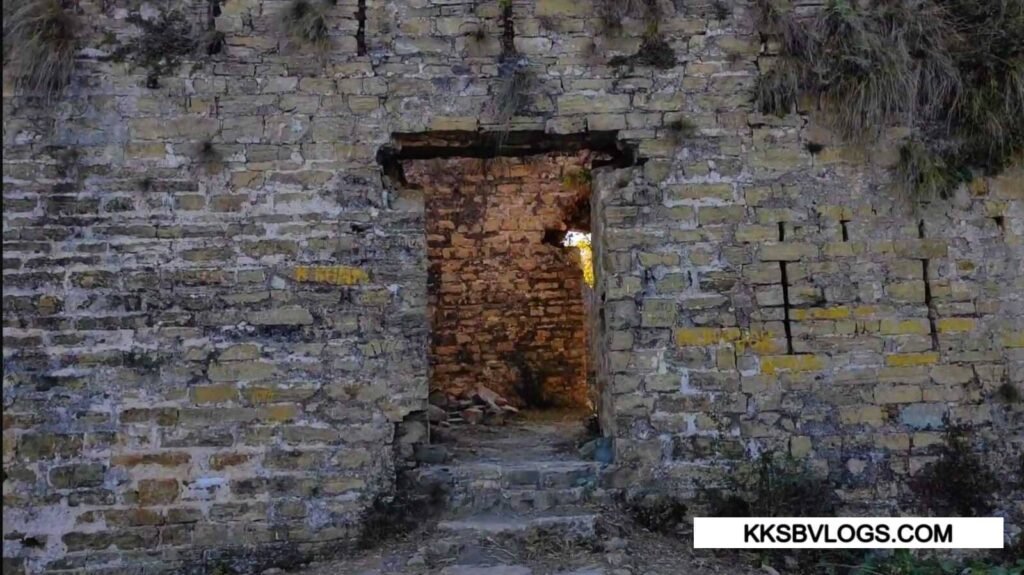
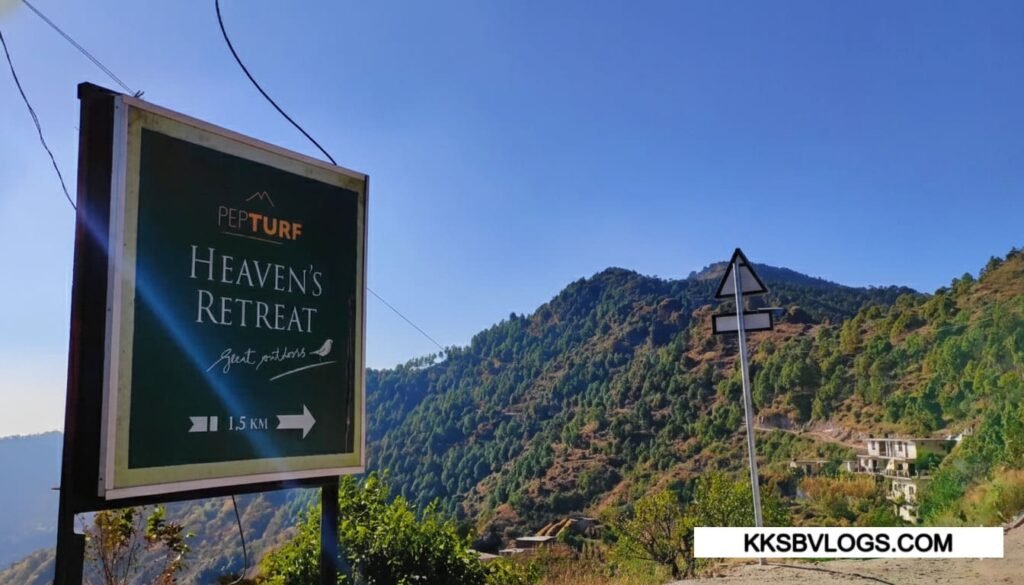
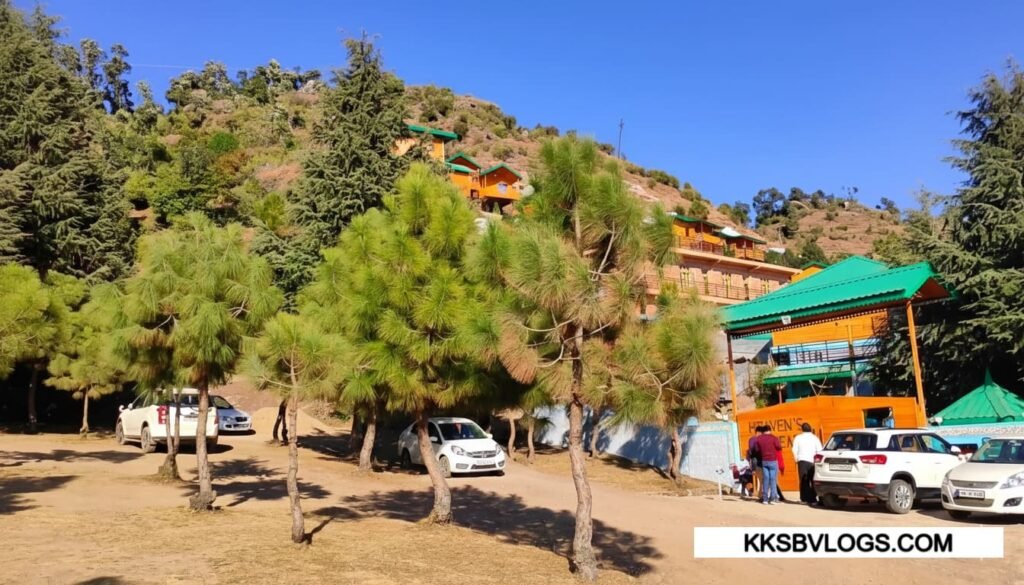


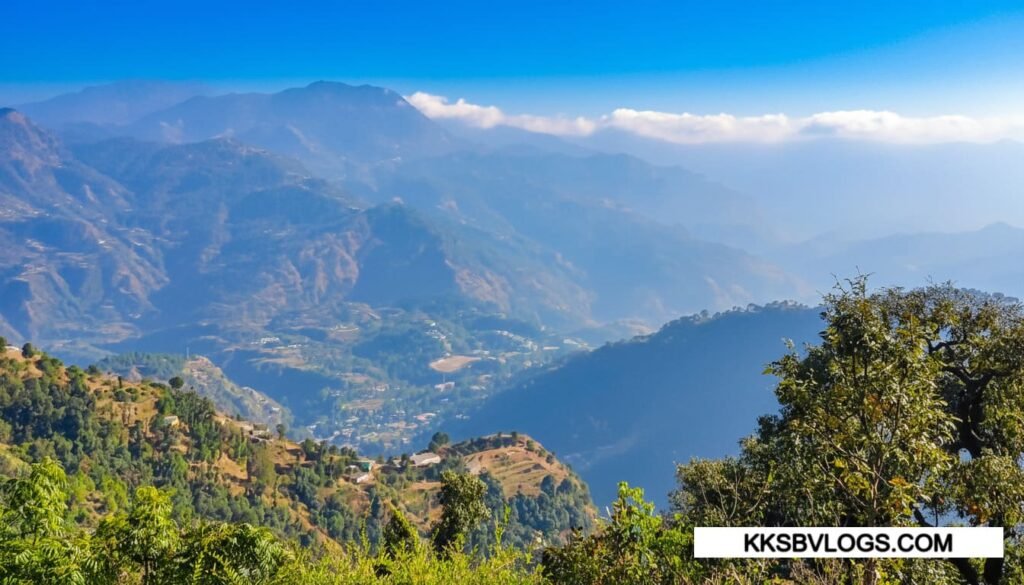
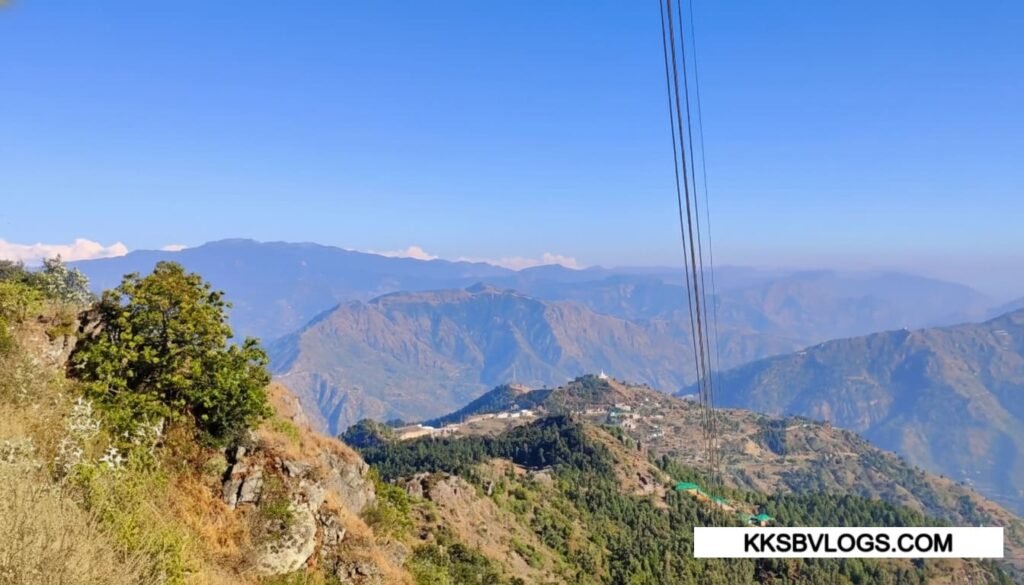

Dharon ki Dhar Fort Location
FAQs About Dharon ki Dhar Gorkha Fort (Solan, Himachal Pradesh)
Where is Dharon ki Dhar Fort and how to reach it?
Dharon ki Dhar Gorkha Fort is located in Solan district, Himachal Pradesh, near Kuffer village.
You can reach by car or bike from Solan, followed by a 1 km short forest trek offering a 360° valley view.
Which era does the fort belong to?
The fort dates back to the Gorkha era (early 1800s). It served as a military outpost to monitor Solan and the plains.
Today, it stands as an offbeat heritage site blending nature and history.
How tough is the trek?
It’s an easy to moderate 1 km trek, safe for beginners, families, and solo travelers.
The trail passes through pine forests and takes 20–30 minutes to reach the top.
Is camping allowed?
Yes, small tents can be pitched near the ridge.
But as it’s a forest belt, beware of wild animals (foxes, porcupines, jungle dogs).
Always camp with a guide and carry campfire gear and torches.
The clear night sky is perfect for stargazing and night photography.
How is the sunrise and sunset view?
It’s among the best sunrise and sunset points in Solan.
Morning light fills the valley with golden glow, and evenings turn the sky pink and orange — a natural cinematic scene.
Is there any entry fee or timing?
Is the place safe for families and kids?
Safe during daytime.
Just ensure kids stay away from the edges and wear good-grip shoes.
Perfect one-day picnic + trek destination near Solan.
Why is Dharon ki Dhar Fort called a hidden gem?
Because it’s still untouched by mass tourism — no crowd, no commercialization — just mountain peace, ancient stones, and breathtaking horizons.
It’s a hidden fort of Himachal Pradesh and an offbeat ridge trek near Chandigarh.

